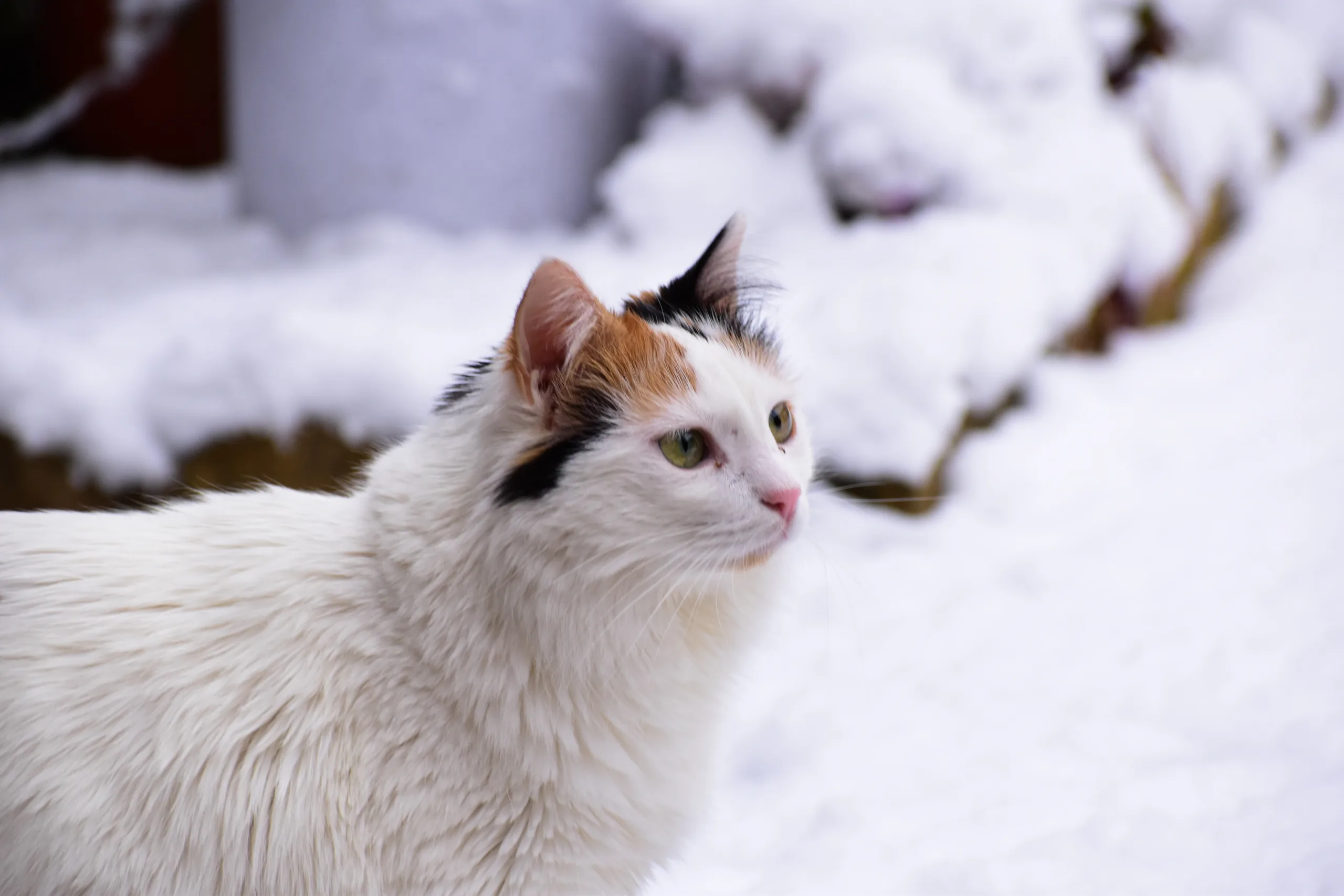When the temperatures drop, our concern for the well-being of our furry companions grows, especially if they spend time outdoors or in spaces like the garage. Cats, known for their independence, might seek shelter in garages during cold weather, leaving many pet owners wondering: How cold is too cold for cats in a garage? In this article, we will explore the potential risks, considerations, and steps you can take to ensure your feline friend’s safety during chilly months.
For more about cats click here
Understanding Cats’ Cold Tolerance
A Unique Set of Adaptations
Cats possess a remarkable ability to withstand cold temperatures due to their natural adaptations. Their fur acts as an insulator, trapping warm air close to the body. Additionally, cats have a higher metabolic rate than humans, generating more body heat to help them stay warm.
Can Cats Survive in an Unheated Garage?
The Role of Shelter and Protection
Cats are resilient animals, and many can survive in unheated garages, especially if the space provides adequate shelter and protection from the elements. However, the ability to survive largely depends on factors like the specific weather conditions, the cat’s age, health, and access to food and water.
Creating a Comfortable Environment
If your cat spends time in an unheated garage, consider providing warm bedding, such as blankets or insulated cat houses, to help them retain body heat. Ensuring access to fresh water and providing high-quality, calorie-dense food can also help your cat maintain their energy levels.
Surviving Winter in a Garage
Extreme Temperatures and Risks
While cats are equipped to handle cold temperatures, extremely frigid conditions can pose risks to their well-being. Frostbite and hypothermia are real dangers when cats are exposed to prolonged cold. It’s crucial to monitor weather forecasts and bring your cat indoors if the temperature drops significantly.
Monitoring Your Cat’s Behavior
Cats are experts at finding warm spots, so if you notice your cat seeking out the warmest corners of the garage or huddling for extended periods, it’s a sign that they might be feeling the cold. Consider creating a designated warm space for them or bringing them indoors.
Determining How Cold Is Too Cold
Threshold Temperatures
While there’s no definitive temperature at which it becomes “too cold” for cats in a garage, veterinarians often suggest that temperatures below 45°F (7°C) can start to pose risks. Below this temperature, cats are more susceptible to discomfort and potential health issues.
Considering Wind Chill
It’s essential to account for wind chill, which can make the air feel colder than the actual temperature. Wind can also disrupt the effectiveness of a cat’s fur as an insulator, increasing their vulnerability to the cold.
FAQs: Clarifying Common Concerns
Can cats survive winter in a garage?
Cats can survive winter in a garage if the space provides adequate shelter, protection from the elements, warm bedding, and access to food and water. However, extreme temperatures can still pose risks.
How cold is too cold for a cat room?
Temperatures below 45°F (7°C) can be considered too cold for a cat room. Cats are more susceptible to discomfort and health issues at these temperatures.
Will my cat freeze in the garage?
Cats have natural adaptations to withstand cold temperatures, but prolonged exposure to extremely cold conditions can lead to frostbite, hypothermia, and discomfort. Monitoring weather and your cat’s behavior is crucial.
How long can a cat survive in a garage?
The duration a cat can survive in a garage depends on factors like temperature, shelter, and access to necessities. If temperatures drop significantly, it’s best to bring your cat indoors.
Are cats OK outside in the winter?
Cats can be outside in winter if provided with proper shelter, bedding, food, and water. However, outdoor cats face increased risks during colder months, so it’s recommended to keep them indoors during extreme weather.
Conclusion
Caring for your cat’s well-being during cold months requires a balance between their natural resilience and providing the right conditions for comfort and safety. While cats can tolerate colder temperatures to an extent, it’s important to monitor weather conditions, create warm spaces, and be attentive to your cat’s behavior. Remember that your cat’s health and comfort should always be a priority, and taking precautions can help ensure they thrive even in chilly weather.
Click here for more
